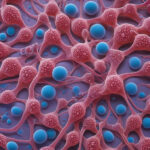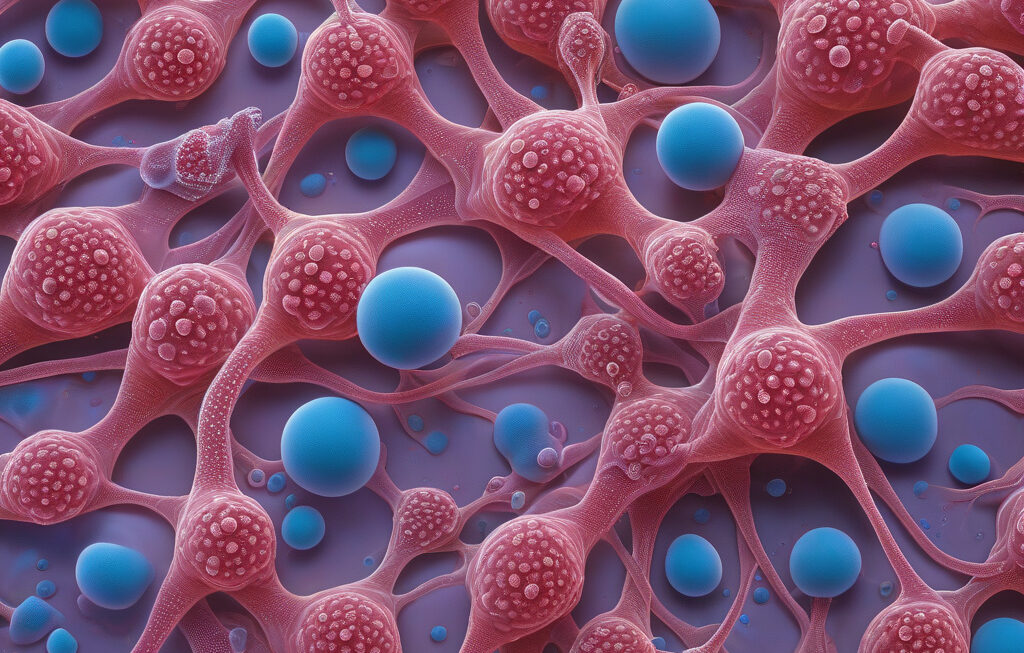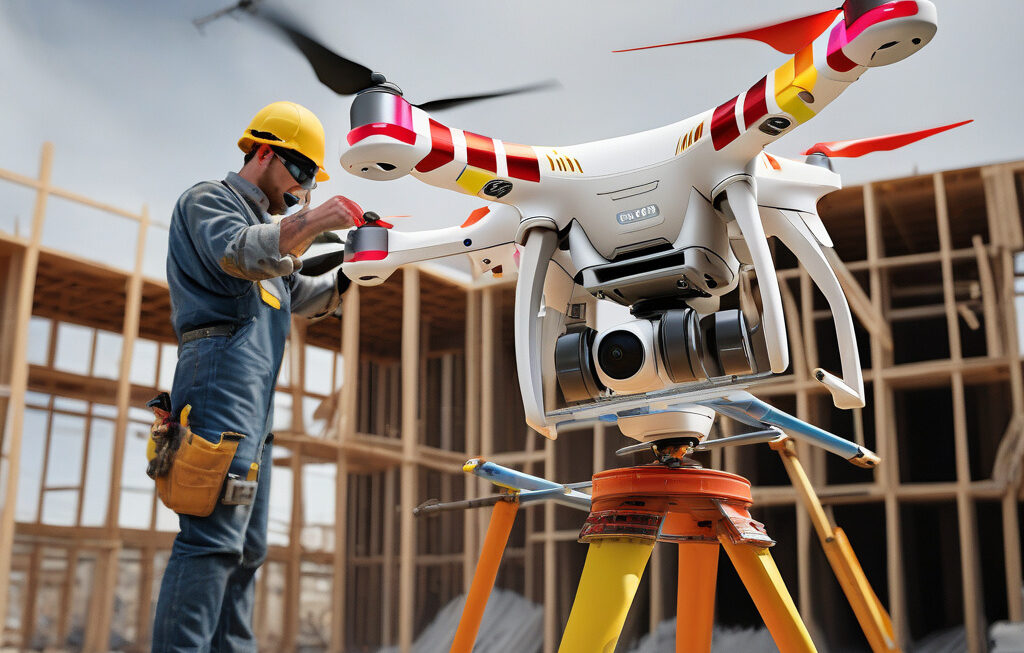Video: Atlas Humanoid Robot Receives New Dexterous 3-Fingered Hand for Complex Tasks
Boston Dynamics has unveiled a major update to its humanoid robot Atlas, this time focusing on enhancing its capabilities with a new dexterous 3-fingered hand. The addition of this advanced hand design marks a significant step forward in the field of robotics, enabling Atlas to perform a wider range of complex tasks with increased precision and efficiency.
The new hand features three fingers that are equipped with a series of sensors and actuators, allowing for a greater degree of dexterity and flexibility. This means that Atlas can now manipulate objects with more finesse, making it well-suited for tasks that require a high level of manual skill and coordination. From assembling intricate machinery to performing delicate surgical procedures, the possibilities for Atlas are virtually limitless with its new and improved hand.
One of the key advantages of the new hand design is its ability to adapt to different objects and environments. Thanks to advanced AI algorithms and machine learning capabilities, Atlas can quickly learn how to interact with various items, adjusting its grip and movements accordingly. This adaptability is crucial for real-world applications where robots are required to handle a wide range of objects in dynamic settings.
Moreover, the incorporation of a 3-fingered hand reflects Boston Dynamics’ commitment to mimicking human-like capabilities in their robots. By modeling the hand after the structure and function of the human hand, Atlas is now better equipped to navigate and interact with the world around it. This biomimetic approach not only enhances the robot’s performance but also makes it more intuitive to operate, bridging the gap between man and machine.
The implications of this technological advancement are far-reaching, with potential applications in industries such as manufacturing, healthcare, and disaster response. In manufacturing, Atlas could streamline production processes by handling intricate tasks that are too complex or dangerous for human workers. In healthcare, the robot’s precise movements could assist surgeons in performing minimally invasive procedures with unmatched accuracy. And in disaster response scenarios, Atlas could be deployed to navigate hazardous environments and perform critical rescue missions with efficiency and reliability.
As we witness the evolution of robotics technology, it becomes clear that robots like Atlas are not just tools but partners in progress. By equipping these machines with advanced capabilities such as the new dexterous 3-fingered hand, we are opening up a world of possibilities for innovation and growth. The fusion of human ingenuity and artificial intelligence is reshaping the way we approach complex tasks, paving the way for a future where man and machine work hand in hand to achieve extraordinary feats.
In conclusion, the introduction of the new hand design for Atlas represents a significant milestone in the field of robotics, showcasing the potential for robots to perform intricate tasks with precision and adaptability. As Boston Dynamics continues to push the boundaries of innovation, we can expect to see even more groundbreaking developments that will revolutionize the way we interact with technology. The era of advanced robotics is upon us, and Atlas is leading the way towards a future where artificial intelligence and human potential converge to redefine what is possible.
innovations, robotics, artificial intelligence, Boston Dynamics, humanoid robot











